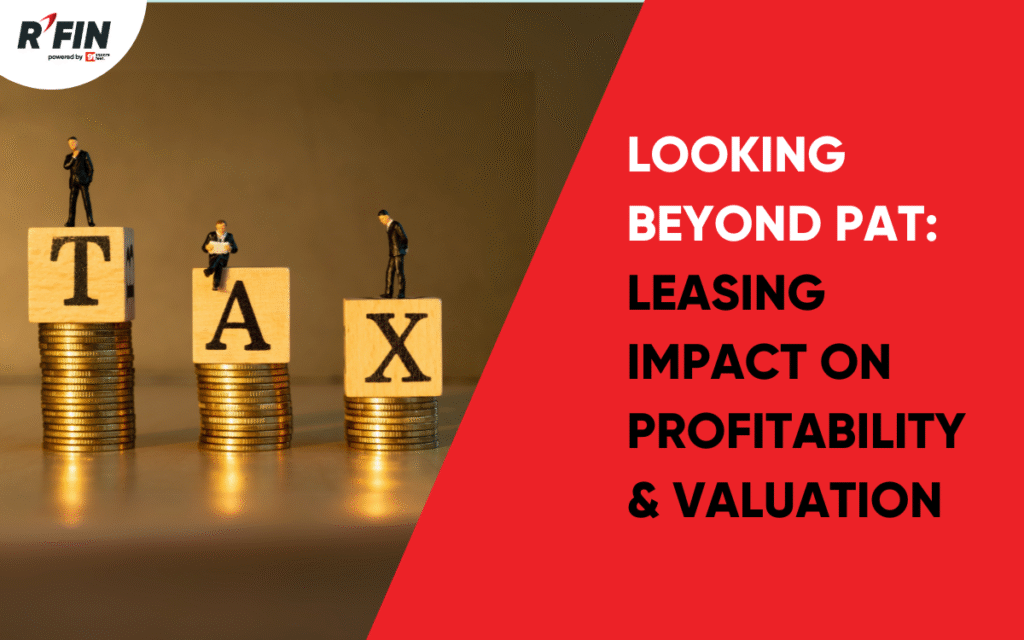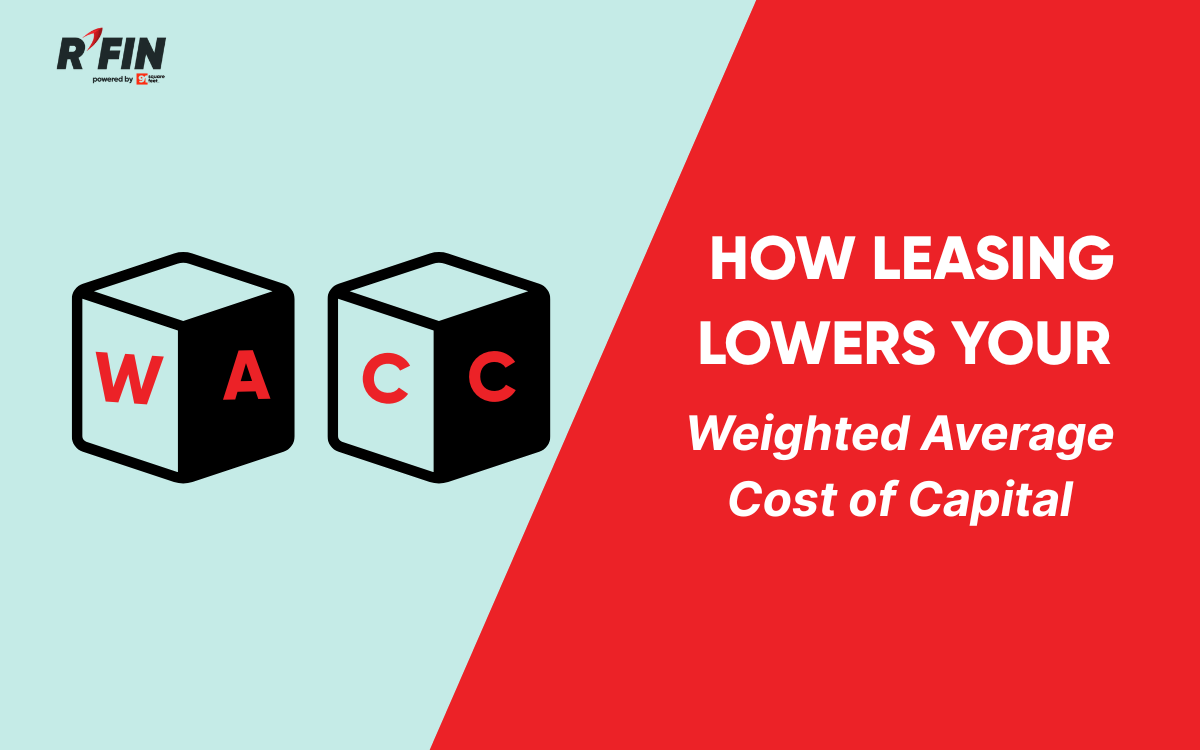For listed companies considering operating lease, one objection often comes up:
“Since lease rentals are fully expensed, won’t our PAT reduce compared to loan-funded CapEx?”
Yes — on paper, PAT appears lower during the lease term. But this is a temporary, accounting-driven distortion that does not reflect true financial health — and smart CFOs know it.
Why PAT Drops Under Leasing
Especially for slow-depreciating assets like interiors or equipment, leasing appears to lower PAT in the short term due to how expenses are recognized.
| Element | Term Loan Model | Operating Lease Model |
| Asset Ownership | ✅ Yes | ❌ No |
| Depreciation | ✅ Charged (non-cash) | ❌ Not applicable |
| Interest | ✅ Charged (below EBITDA) | ❌ Not applicable |
| Lease Rentals | ❌ Not applicable | ✅ Fully expensed in P&L |
| PAT Impact (short) | ✅ Appears higher | ❌ Appears lower |
| PAT Impact (long) | ❌ Continues depreciation | ✅ Improves post lease tenure |
What Actually Improves with Leasing
– No upfront CapEx — preserves growth capital
– Off-balance-sheet (IGAAP) — improves leverage ratios
– 100% lease rental tax-deductible — strong tax shield
– Higher Return on Assets (ROA)
– Improved working capital and CFO (cash from ops)
– Greater headroom for strategic borrowing or equity raise
What Public Market Investors Really Look At
Even for listed companies, valuation is rarely only PAT-driven.
Most public and institutional investors focus on:
– EV/EBITDA, EV/Sales, ROCE, revenue growth
– Balance sheet strength and capital structure
– Cash flow visibility and expansion strategy
– Scalability, reinvestment rate, and strategic levers
A small short-term PAT drop does not deter serious investors — especially when the company is using leasing to scale faster and become leaner.
Institutional Investors Look at Balance Sheet First
– Debt-to-equity and fixed asset turnover
– CapEx deployment efficiency
– Cash retention vs revenue
– Internal rate of return (IRR) on projects
– Long-term earnings visibility
A company using leasing shows better optics on all of these, which:
– Improves institutional holding
– Leads to better analyst coverage
– Triggers valuation re-rating over time
– Enhances potential for future PAT growth
Analyst Calls & Investor Guidance: The Management’s Role
– Use earnings calls, investor decks, and MD&A to explain lease impact
– Show pro forma PAT post lease tenure
– Highlight improved cash flow, asset efficiency, and growth strategy
– Clarify that PAT drop is strategic, not operational
Analysts and funds reward transparency and clarity — not accounting optics.
In Case of QIP or Fundraising: Balance Sheet > PAT
– During a Qualified Institutional Placement (QIP), public market investors and bankers prioritize balance sheet strength
– PAT is less important than debt levels, ROA, and an asset-light growth story
– Leasing shows that management is efficient, capital-conscious, and risk-aware
A clean, efficient balance sheet wins funding. A bloated balance sheet, even with higher PAT, can scare off investors.
Final Thought: A Strategic CFO Plays the Long Game
Leasing may lower your PAT for 1–2 years. But it also:
– Increases free cash flow
– Keeps debt low
– Improves tax position
– Enhances scalability
– Strengthens investor appeal
– Unlocks long-term PAT growth once the lease ends
Don’t let a short-term PAT dip block long-term capital gains.
Modern finance leaders optimize for growth, not accounting noise — and leasing is one of the sharpest tools to do exactly that.


